Dhutro, commonly known as Datura, is a wild, herbaceous plant that grows in tropical and subtropical regions, particularly across the Indian subcontinent. It is known for its distinctive appearance, with broad leaves, spiky seed pods, and large, trumpet-shaped flowers that typically bloom in shades of white, purple, or yellow. The plant thrives in open fields, roadsides, and wastelands, often spreading rapidly and growing up to several feet in height. Its striking flowers give it an ornamental appeal, but beneath its beauty lies a powerful and potentially dangerous nature.
In traditional Indian medicine, especially Ayurveda and Siddha, Dhutro has been used for centuries for its medicinal properties. The leaves, seeds, and flowers of the plant contain potent alkaloids such as atropine, scopolamine, and hyoscyamine, which affect the central nervous system. These compounds can be used in controlled doses to relieve pain, reduce muscle spasms, and treat conditions like asthma and neurological disorders. However, the line between a therapeutic and a toxic dose is extremely thin. Inappropriate or unsupervised use of the plant can lead to severe poisoning, hallucinations, delirium, and even death.
Beyond its medicinal use, Dhutro has also been deeply woven into cultural and spiritual practices. In some regions, it is associated with Lord Shiva, and its flowers are offered in religious rituals. Its psychoactive properties have led to its use in ancient rites and shamanic traditions, where it was believed to facilitate communication with the spiritual realm. Despite its historical importance, modern science urges caution when handling Dhutro, as even external contact with its sap or leaves can cause skin irritation in sensitive individuals.

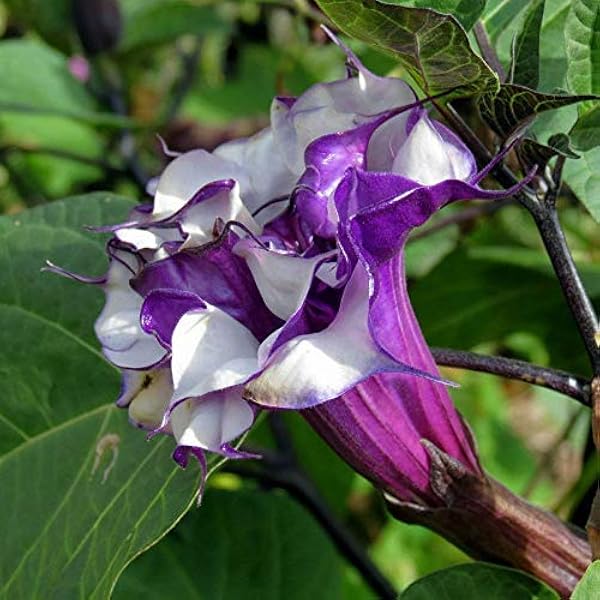
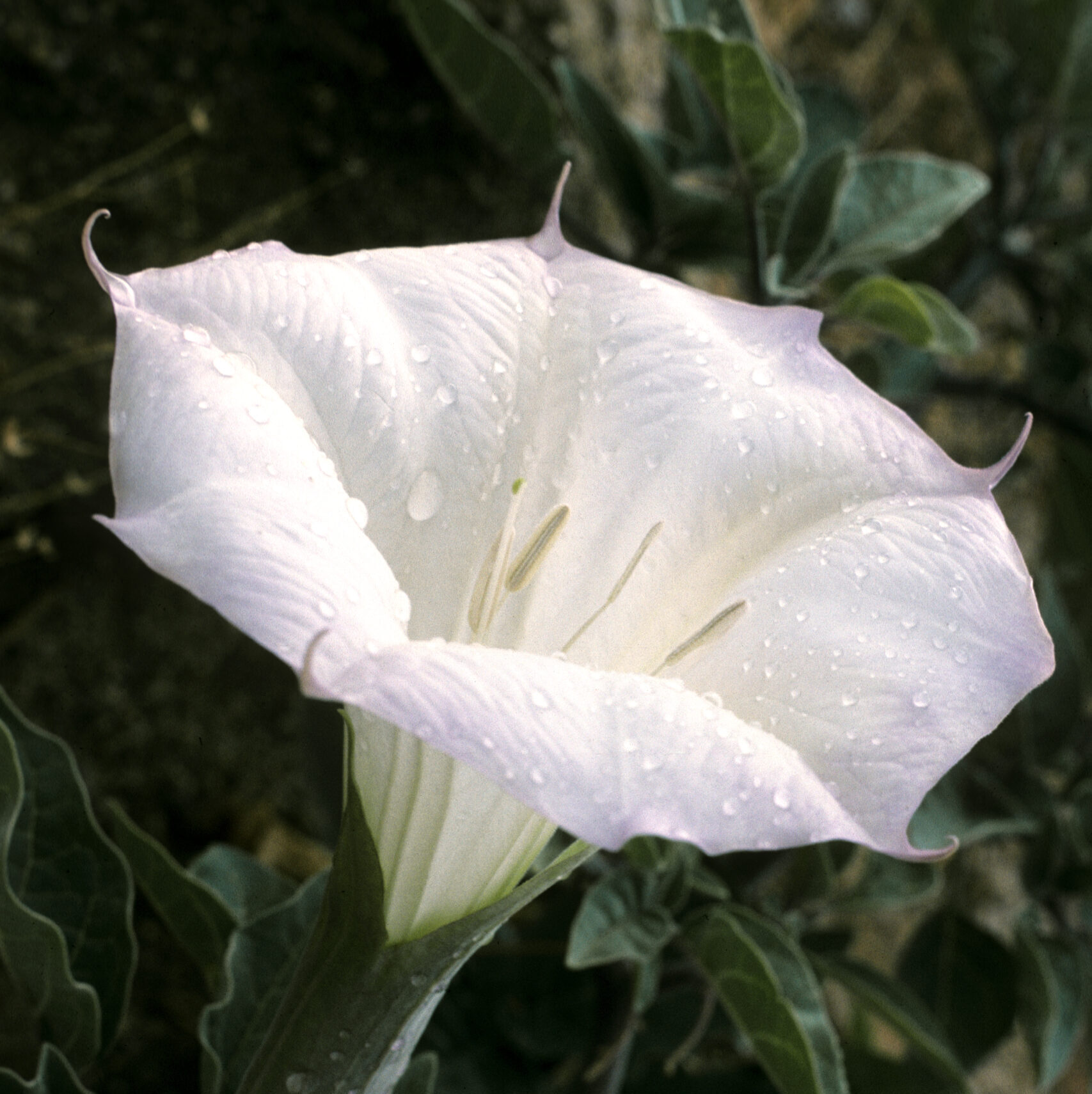
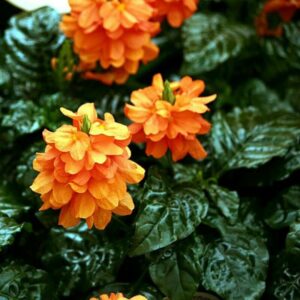

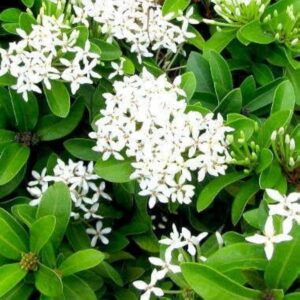
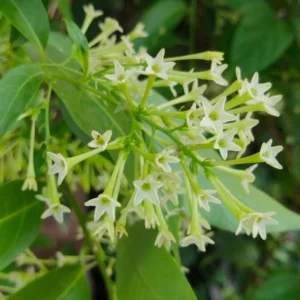
Reviews
There are no reviews yet.